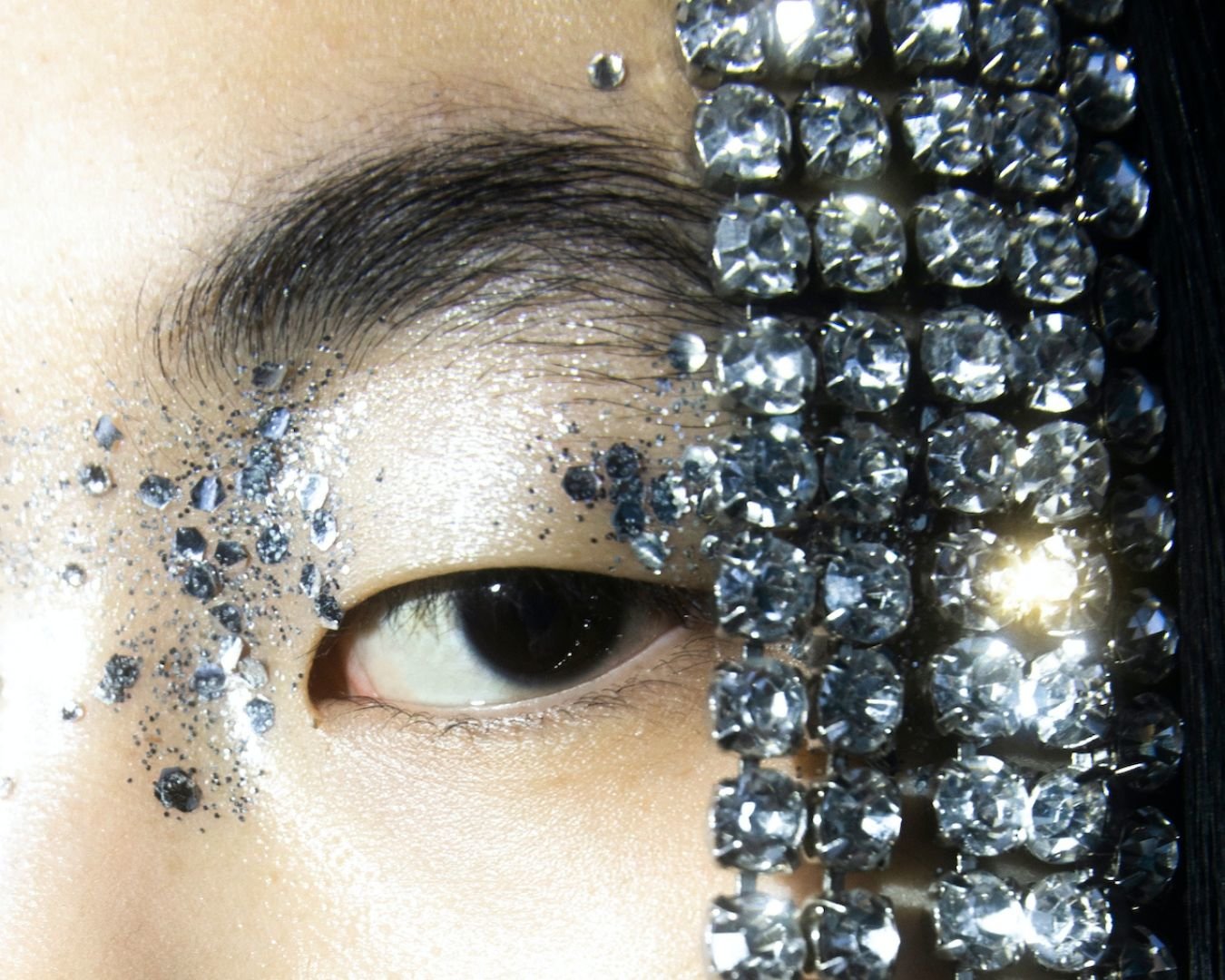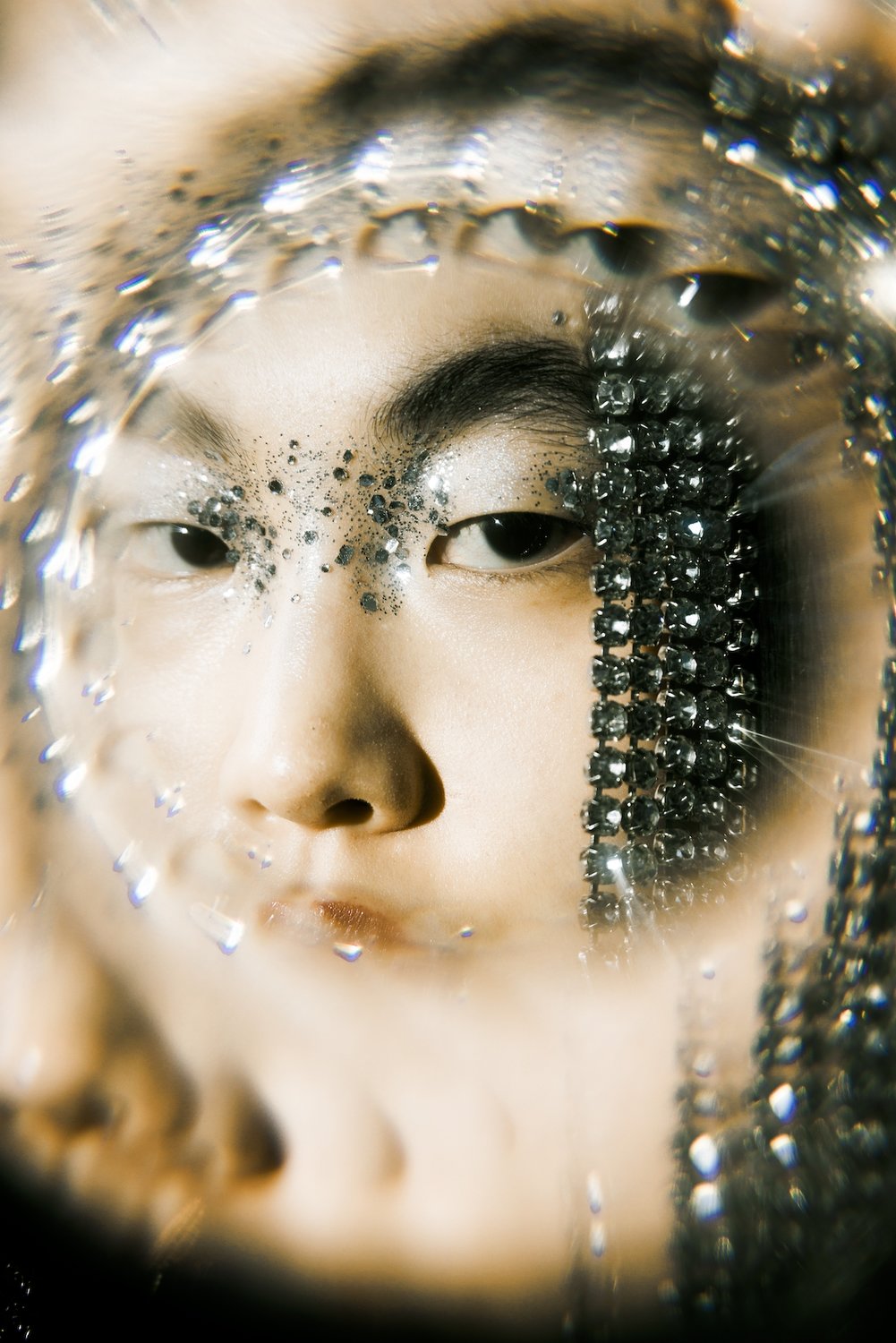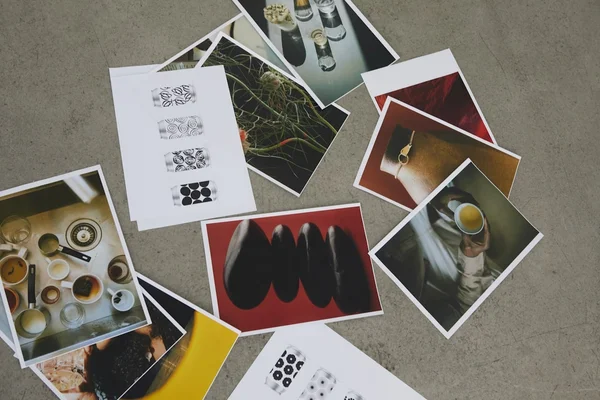Sequins: a not so sparkling truth
By Nona Dimitrova published 01/12/2022

We might sound like a total grinch, but sadly, sequins have a monumental impact on the planet- especially around Christmas time.
We're going through the whole production line - from garment workers to waste, and what we can do about it.
Garment workers
As with most trends, the sequin trend was started by high fashion production houses. Debuting their sequin-embroidered designs during fashion week, in catalogues or campaigns, or on the red carpet. And while we can assure you, with almost entire certainty, that the workers making those red carpet looks are more than likely being paid a fair compensation, it doesn’t quite end there. We always need to consider the impact and implications high fashion, high publicity designs have on the trend cycle. This is where the desire for low-cost, affordable imitations begins.
Going off of that, in most cases sequins need to be individually hand-sewn, because of the attachment process. The aforementioned desire for low-cost imitations results in thousands- if not more- of outsourced garment workers, being severely overworked and underpaid.

Waste
Now entering the actual production process: 33% of sequin material is wasted through the production punching process, before it’s even used.
Sequins are plastic - PVC containing toxic chemicals including carcinogens and hormone disruptors. This means sequins do not biodegrade (at least not during our lifetimes) and usually sit in landfills for thousands of years or are released into the ocean harming marine ecosystems.
Water pollution
According to research done by Oxfam, in 2019 British women were estimated to purchase 33 million sequinned garments and accessories, spending a nation-total of £415 million. On average, 1.7 million of these items are disposed of right after the festive season, despite little use.
Why is it important to talk about this? According to Fashion Roundtable, “at our current trajectory, by 2050, our oceans will contain more plastic (by weight) than fish as our annual plastic production will have increased by 500%.” The pollution of freshwater streams can severely harm marine ecosystems, as many organisms consume the disposed of particles (in this case sequins). In turn, those of us who eat fish, ingest them too.
And what about now? It is estimated that 7 million sequinned garments will end up in landfill this festive season and won’t ever biodegrade.

What can we do?
So now that we’ve shattered all of your festive, disco ball dreams, what can we do about it?
The easiest, most action-able thing to do would be to stop purchasing anything containing sequins. And as we’ve mentioned above, buying from expensive fashion-houses isn’t any better, due to the trickle down effect.
Lower demand will always equate to lower production rate.
If you’re still thirsty for a festival sparkle, renting comes at a close second-best. Instead of each of us purchasing a sequin garment we’ll grow tired of within the next 30 days, why not borrow it for the time you need it?
And finally, if none of these options tick your boxes, there are a handful of brands making an effort to produce ‘sustainable’ sequin materials. A quick google of “Sustainable Sequin Store” will lead you in the right direction.
That’s all from us on sequins besties- we’ve given you the information, and now the decision lies with you.
[Grinch exits left stage]
Something on your mind?
Share your thoughts with Whering community.
If you have an idea for an article around fashion, culture, environment, news, wellness, shopping or DIY, submit a pitch to us!



